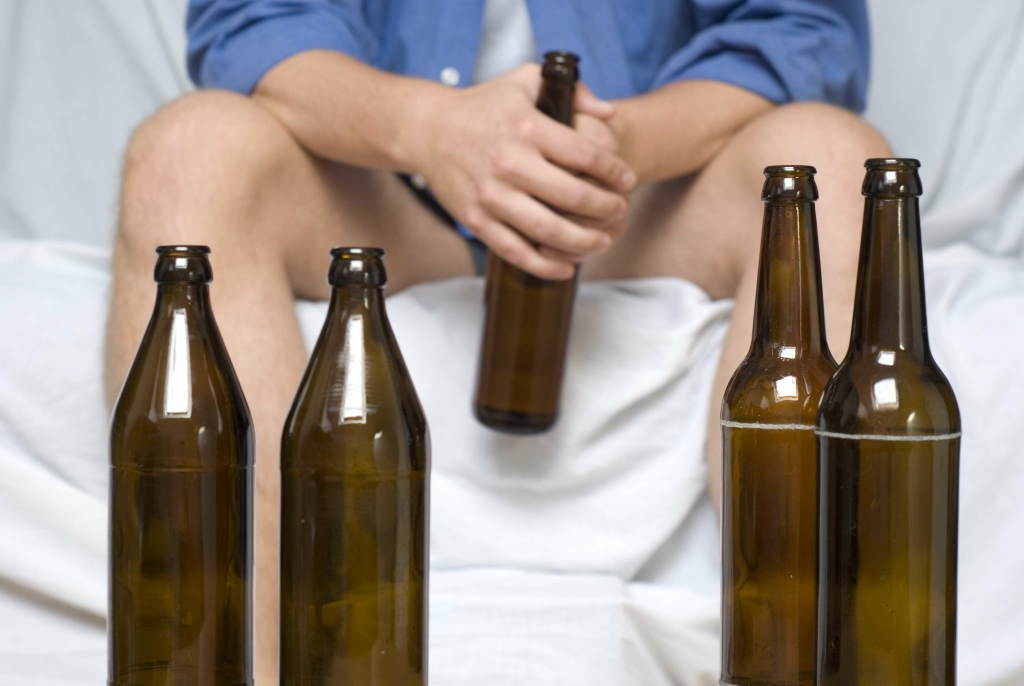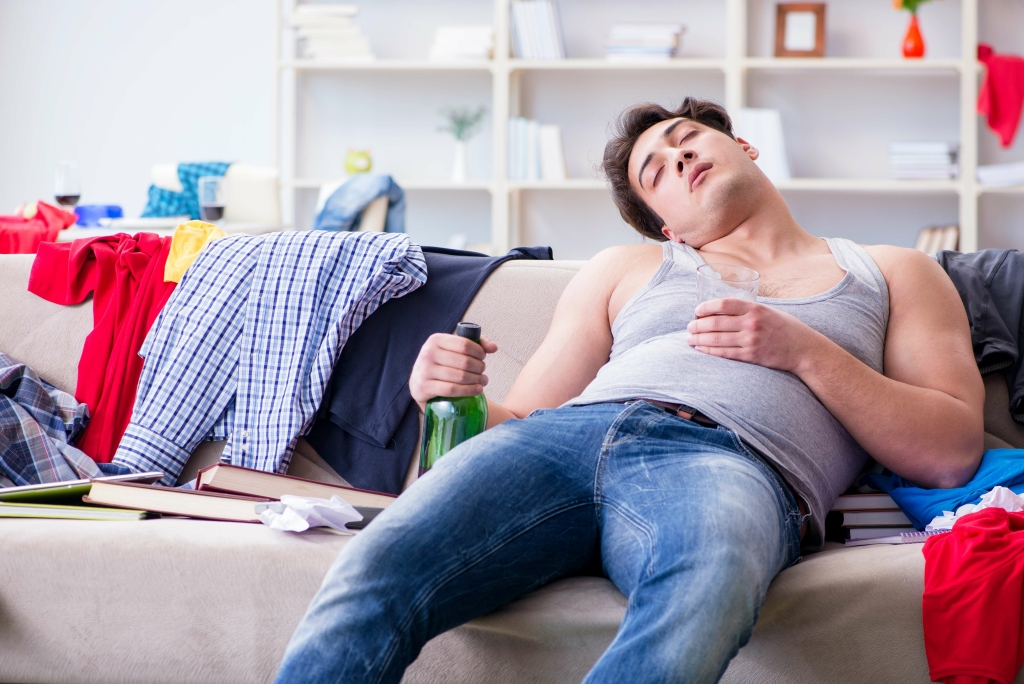Slips are considered temporary deviations and are not complete abandonments from the recovery process. A slip may involve forgetting to take naltrexone before drinking or drinking more than intended on one occasion. The Sinclair Method was created for people to take their first drink after an hour from using naltrexone, creating a “wall” that prevents the alcohol induced euphoria or “happy drunk feeling”. This first drink, without naltrexone, usually triggers a craving for another drink and possibly even a third. However, with the buildup of the “naltrexone wall”, the desire for a second drink is less than the first, with the hopes that the person stops drinking because their cravings are greatly diminished. The Sinclair Method is a treatment for alcohol use disorder that involves the use of naltrexone to reduce the brain's association between alcohol and pleasure.
Naltrexone: Medication for Alcohol Use Disorder
- Also, if a person is taking any opioid medication or substances, like Percocet, Oxycodone, or Vicodin, the use of naltrexone may cause dangerous or even life-threatening withdrawal symptoms.
- Naltrexone achieves therapeutic effectiveness rapidly following the initiation of oral dosing.
- In operant conditioning, rewards increase the likelihood that a behavior will occur again.
- Consequences may include problems with family or friends, problems at work, or negative physical and mental health impacts.
- Therefore, this method generally casts a broader net to help people embrace the health benefits of reducing their alcohol intake.
They may suggest a treatment to manage your symptoms and can determine whether you should keep taking naltrexone. If you miss an appointment to receive naltrexone injection, schedule another appointment as soon as possible. This medication may be prescribed for other uses; ask your doctor or pharmacist for more information. It’s not known whether naltrexone should be taken while breastfeeding.
Opioid Addiction
Naltrexone is not known to affect the use of cocaine or other non-opioid drugs of misuse. While less common, the most serious side effects of naltrexone are described below, along with what to do if they happen. Naltrexone may also be used for other conditions as determined by your healthcare provider. Four Good Days is a 2020 film about the four days a drug addict woman has to stay sober to get a shot of naltrexone in a detox facility.
Taking 25mg naltrexone is not considered an effective dose for the treatment of Alcohol Use Disorder and has not been well studied. That said, some people may find maintaining on a 25mg dose lowers the risk of side effects and still helps control or eliminate drinking.Oar's clinical experts recommend Sinclair method ramping up to a full 50mg dose over one week. In fact, naltrexone is an opioid antagonist, meaning it binds to opioid receptors in the brain, blocking the effect of opioids.
The Abstinence Question, and Individual Differences
The Sinclair Method is an individualized treatment approach to help people reduce or even quit drinking. Sinclair found that when a person consumes alcohol one hour after taking naltrexone, they don’t get the pleasurable “buzz” from that first drink and, as a result, don’t crave a second or a third drink. You may experience nausea after the first injection of this medicine that should be mild and subside a few days afterwards. You will be less likely to have nausea with your next injections.

Naltrexone’s side effects explained

Overall, this showed significantly greater reduction in drinking in the nalmefene group. Since then, for people who want to quit drinking, doctors in the United States have generally prescribed it as an anti-craving medicine and told patients to abstain while taking it. Naltrexone is a Alcoholics Anonymous medication approved by the Food and Drug Administration (FDA) and used in medication-assisted treatment (MAT) to treat both opioid and alcohol use disorders.
Naltrexone for Alcohol Use Disorders
But your doctor will monitor you during treatment to check whether the drug is working to treat your condition. If you have questions about naltrexone and the risk of dependence or withdrawal symptoms, talk with your doctor. Yes, naltrexone oral tablet is usually prescribed as a long-term treatment. If you and your doctor determine that it’s safe and effective for you, you’ll likely take it long term.

It will not prevent you from becoming impaired while drinking alcohol or using opioids. People who are currently using prescription and/or illicit opioids, including buprenorphine, should not take naltrexone. If you take naltrexone while taking opioids, it could lead to withdrawal symptoms, which may require you to go to the hospital. Opioid use can cause physical dependence, which means your body relies on the medicine. If you have flu-like symptoms or anxiety when you stop opioids, you may have physical dependence. Physical dependence is not necessarily a sign that you have developed a substance use disorder.
If this SPL contains inactivated NDCs listed by the FDA initiated compliance action, they will be specified as such.
Do not drive or do anything else that could be dangerous until you know how this medicine affects you. Do not share naltrexone with other people, even if they have the same condition as you. Your pharmacist can tell you all of the ingredients in the specific naltrexone products they stock. Naltrexone is available as 50 mg oral tablets that are taken by mouth. Naltrexone was approved by the FDA as a treatment for Alcohol Dependence in 1994. In all seriousness, I’ve found that I can quit for days, weeks, months, even a year at one point.
Side Effects
- Based on the results, additional labs can be ordered every 3 to 6 months.
- For someone who uses opioids, naltrexone, which is an opioid “antagonist,” prevents the high entirely.
- The TSM website claims that the method has a 78% success rate.
- Public awareness is slowly improving; some headlines have even started referring to naltrexone as the “Ozempic for alcohol” because of its ability to reduce cravings.
You can start by taking 25 mg (half a dose) with a meal each day. This means taking half of a pill with one meal (like breakfast) and half of a pill with another meal (like dinner). Finally, you can take a full 50mg pill with a meal.If you are prescribed naltrexone and experience side effects, you can follow up with your Oar medical provider to address the issue. And to connect with a provider who can determine whether naltrexone is medically appropriate for you, complete an online assessment. Naltrexone works by blocking opioids and endorphins from acting on the opioid receptors in your brain.
- Naltrexone can be prescribed by any health care provider who is licensed to prescribe medications.
- Make sure that you and your caregiver have the medicine naloxone, which is used to reverse the effects of opioids.
- Naltrexone is prescribed after you’ve stopped taking opioids or drinking alcohol to help keep you from misusing these drugs again.
- Popular resources include Claudia Christian’s Tedx Talk, and Annie Grace’s book “This Naked Mind.” You can connect with a physician on the Monument platform to discuss this method along with other medication options.
Popular Health Centers
He termed this phenomenon the alcohol deprivation effect, likening it to the increased alcohol cravings that make it hard for people with AUD to stay abstinent and avoid a binge. Because people feel less pleasure when they drink, they often find it much easier to drink less. In some cases, they completely lose the urge to drink at all. While this approach is less common in the United States, it has become much more widely used in Europe.
